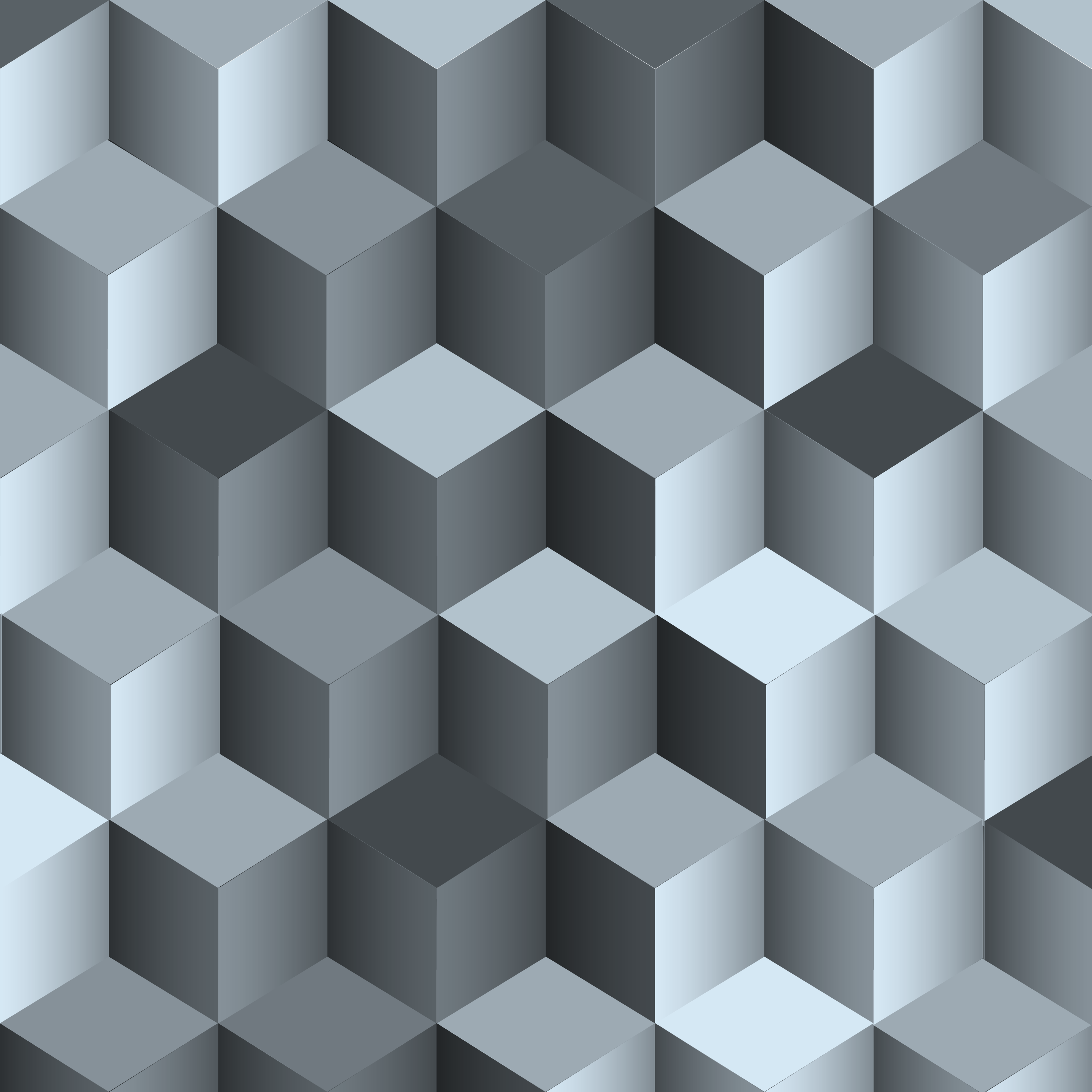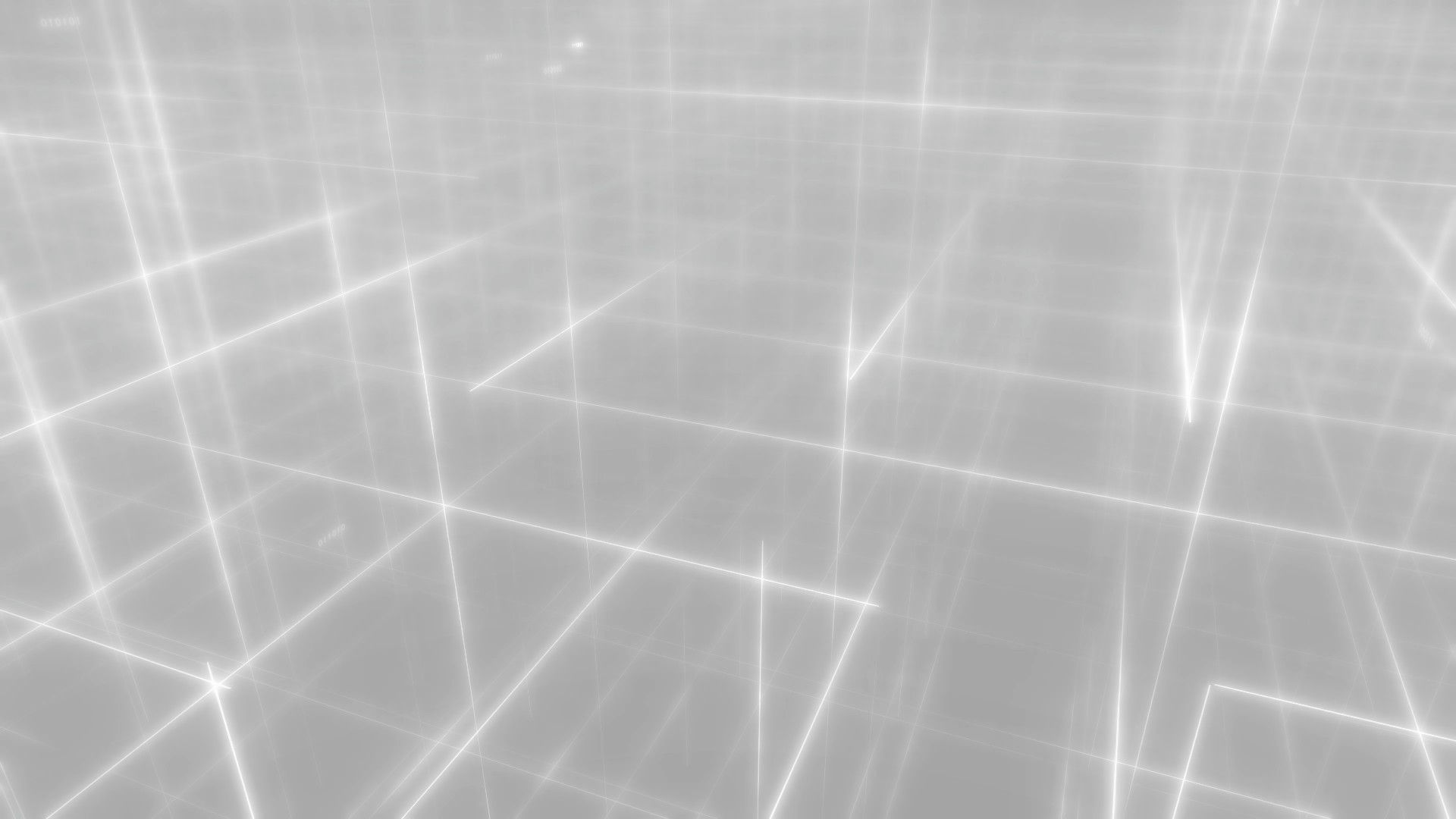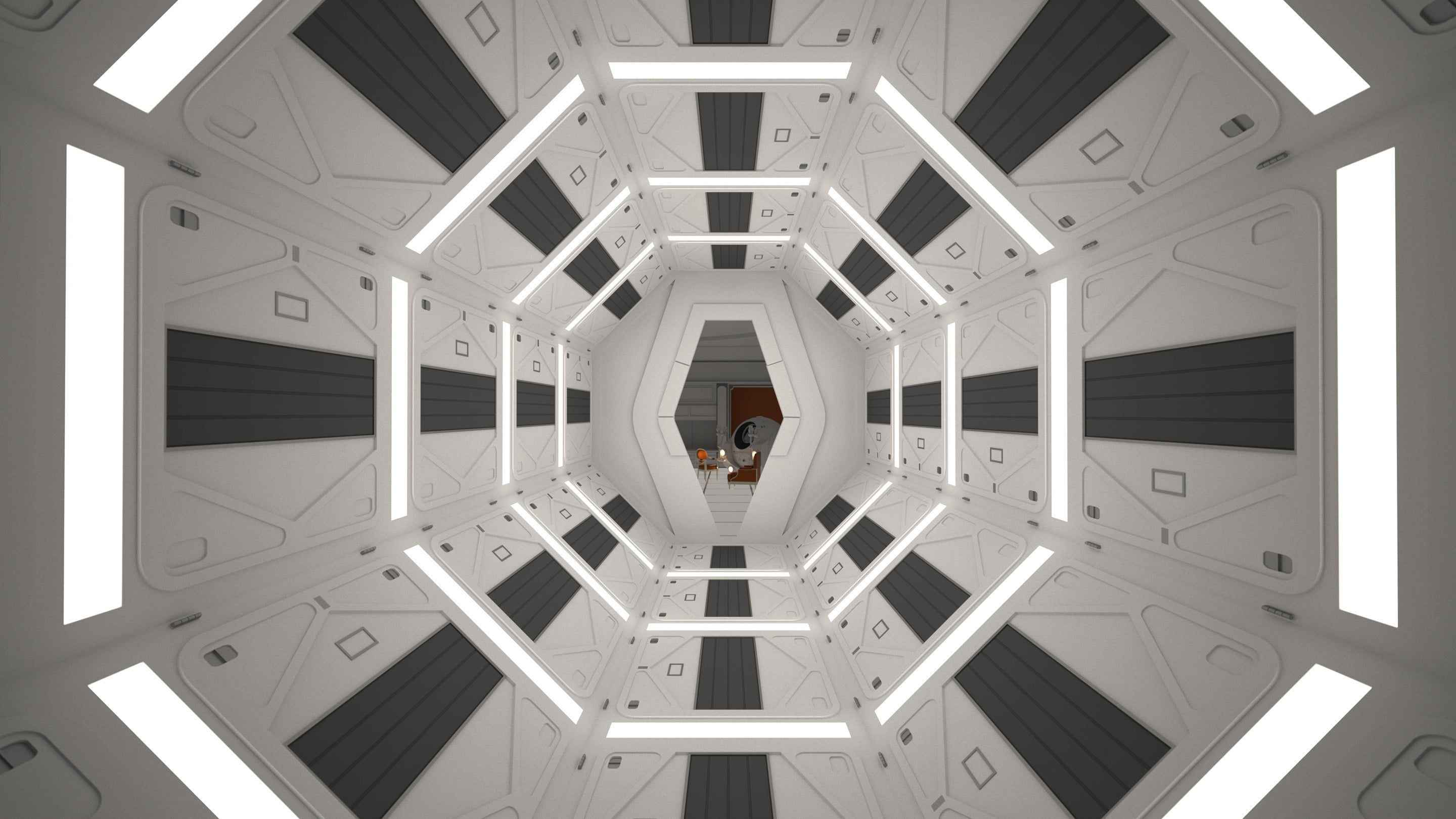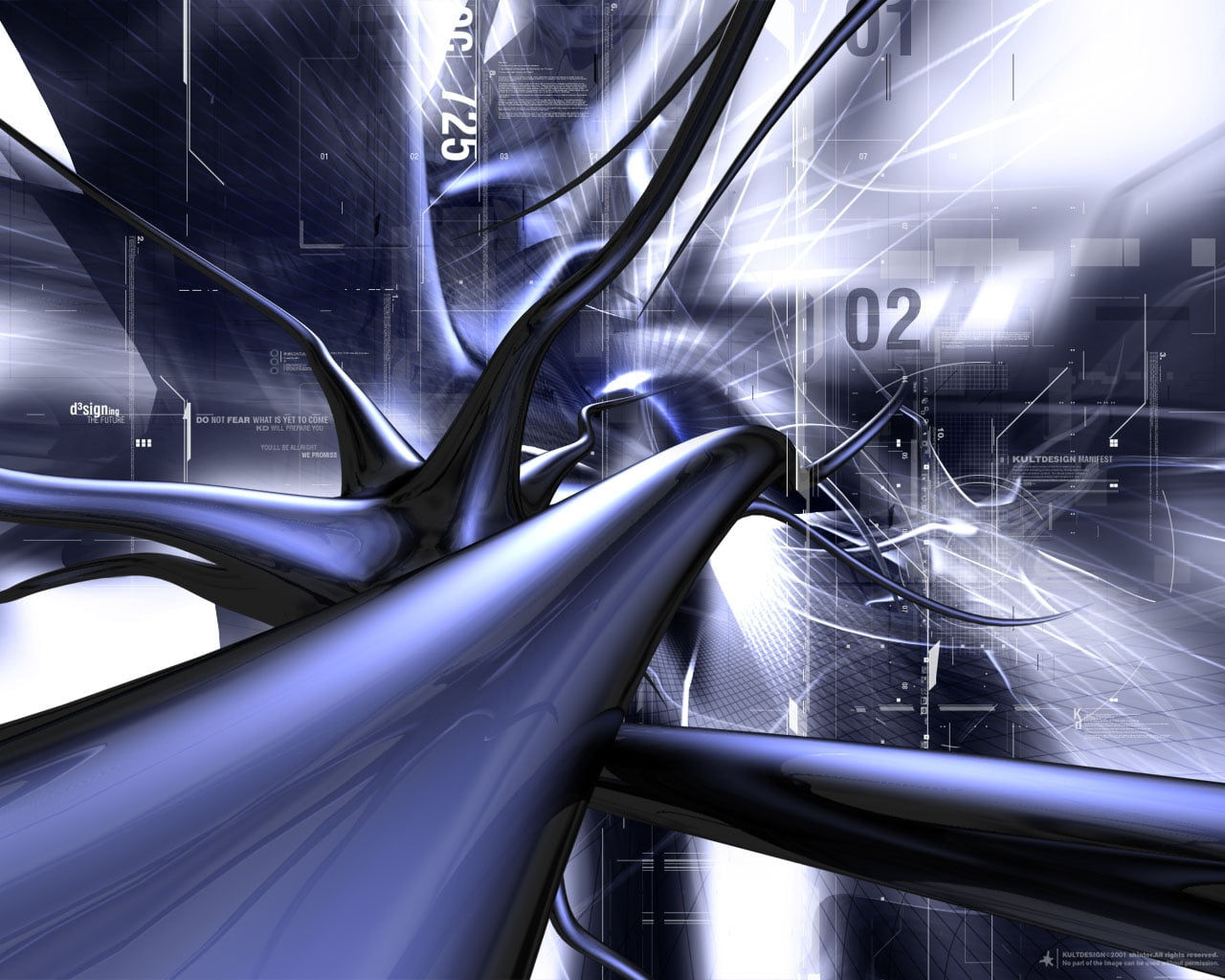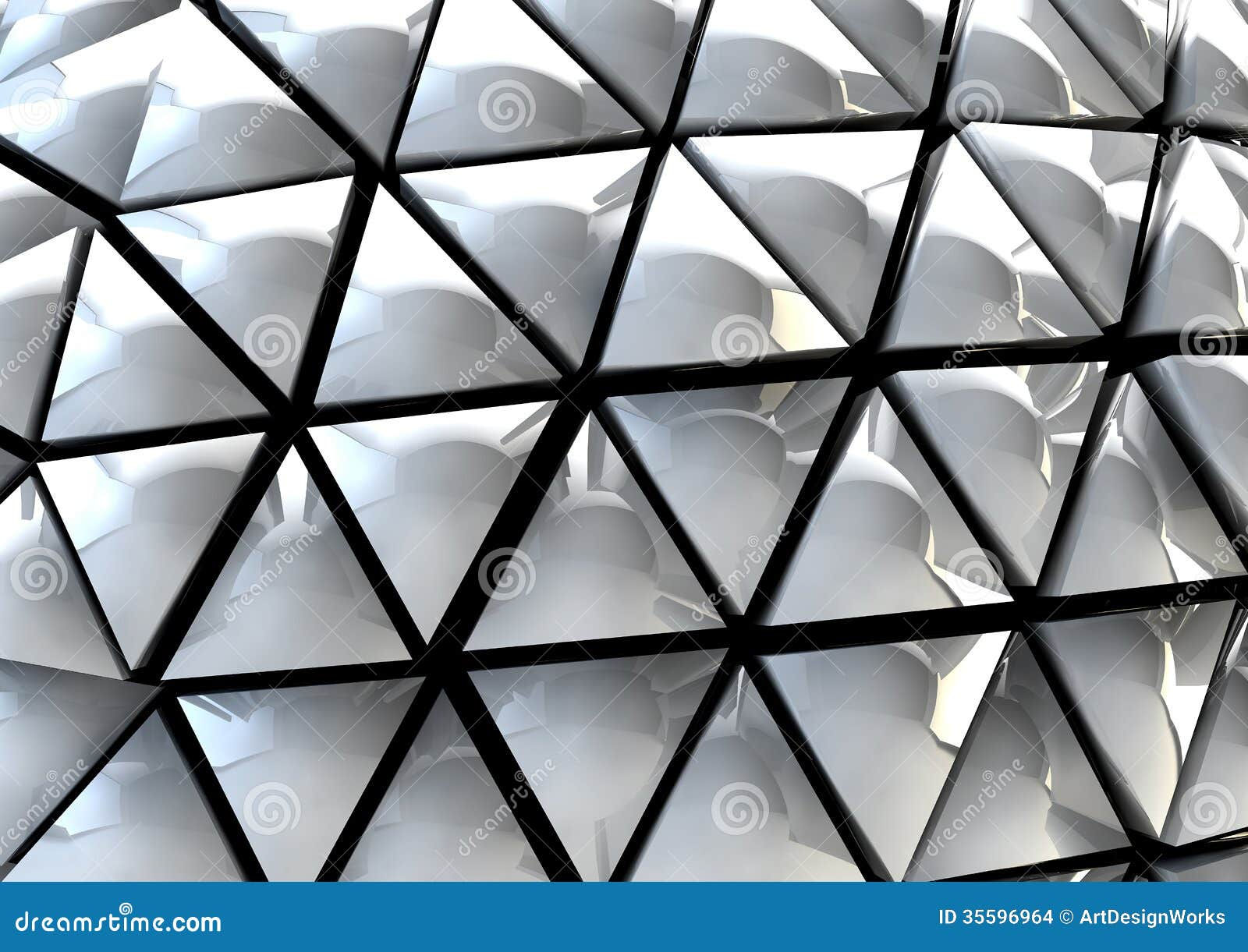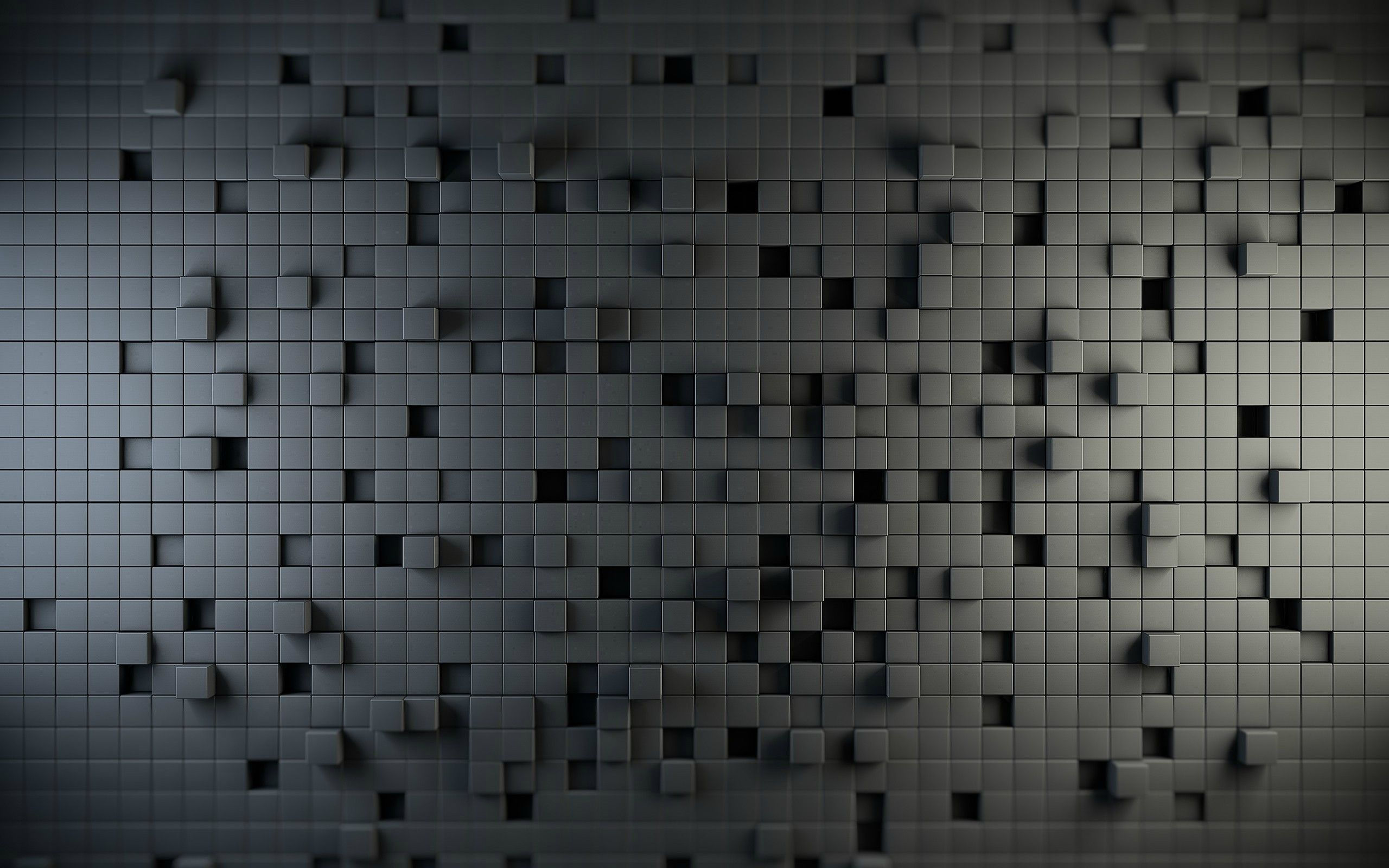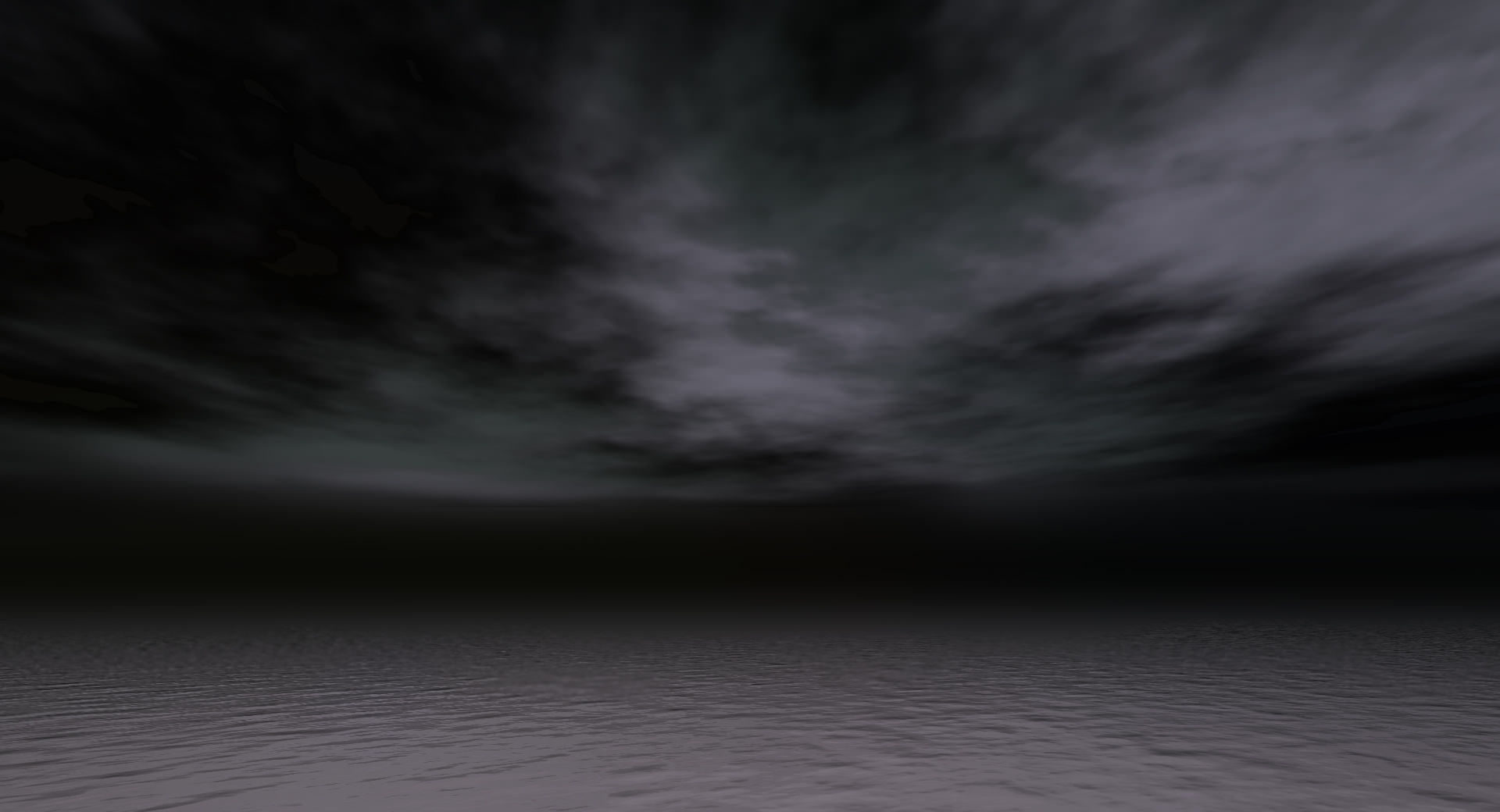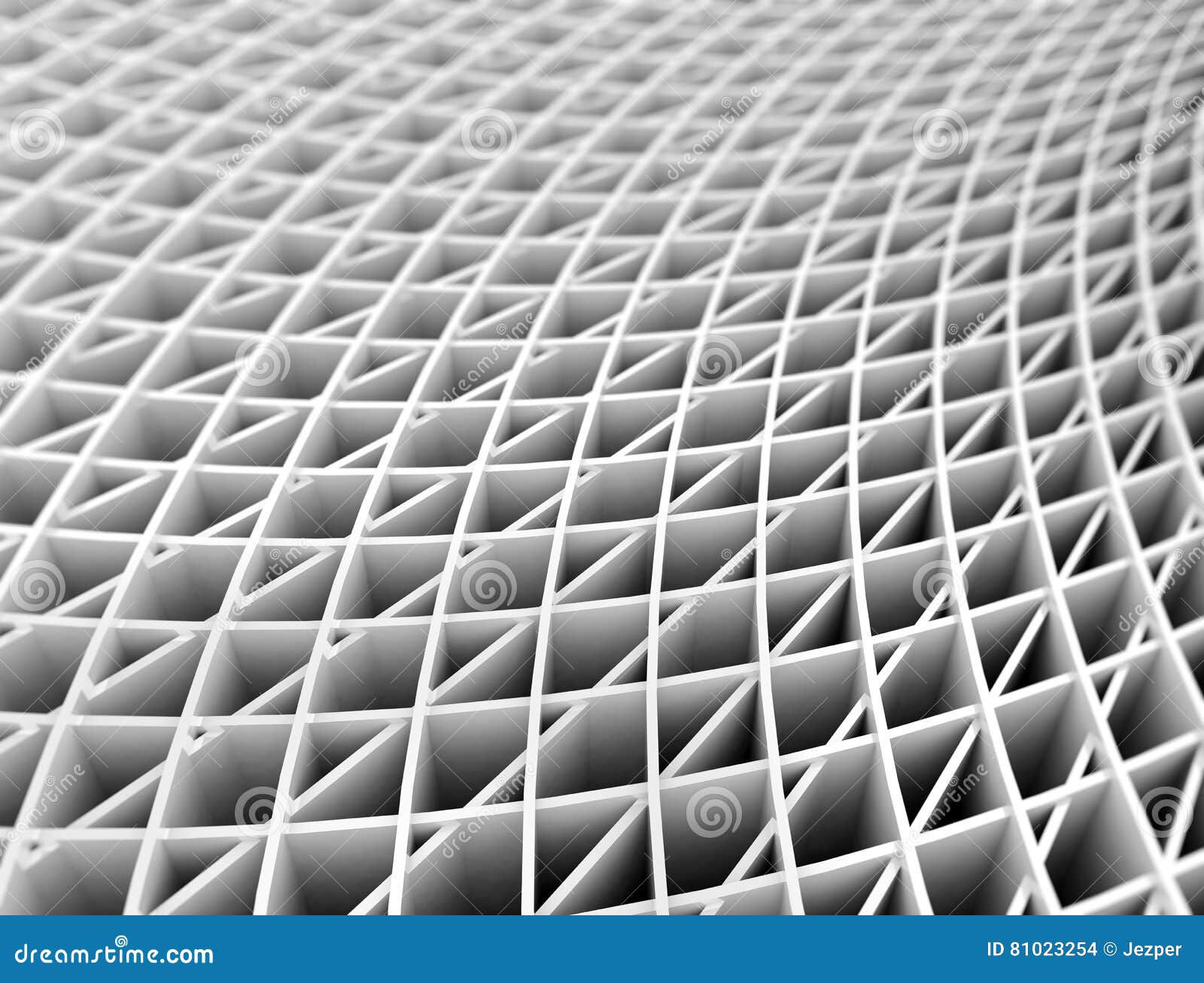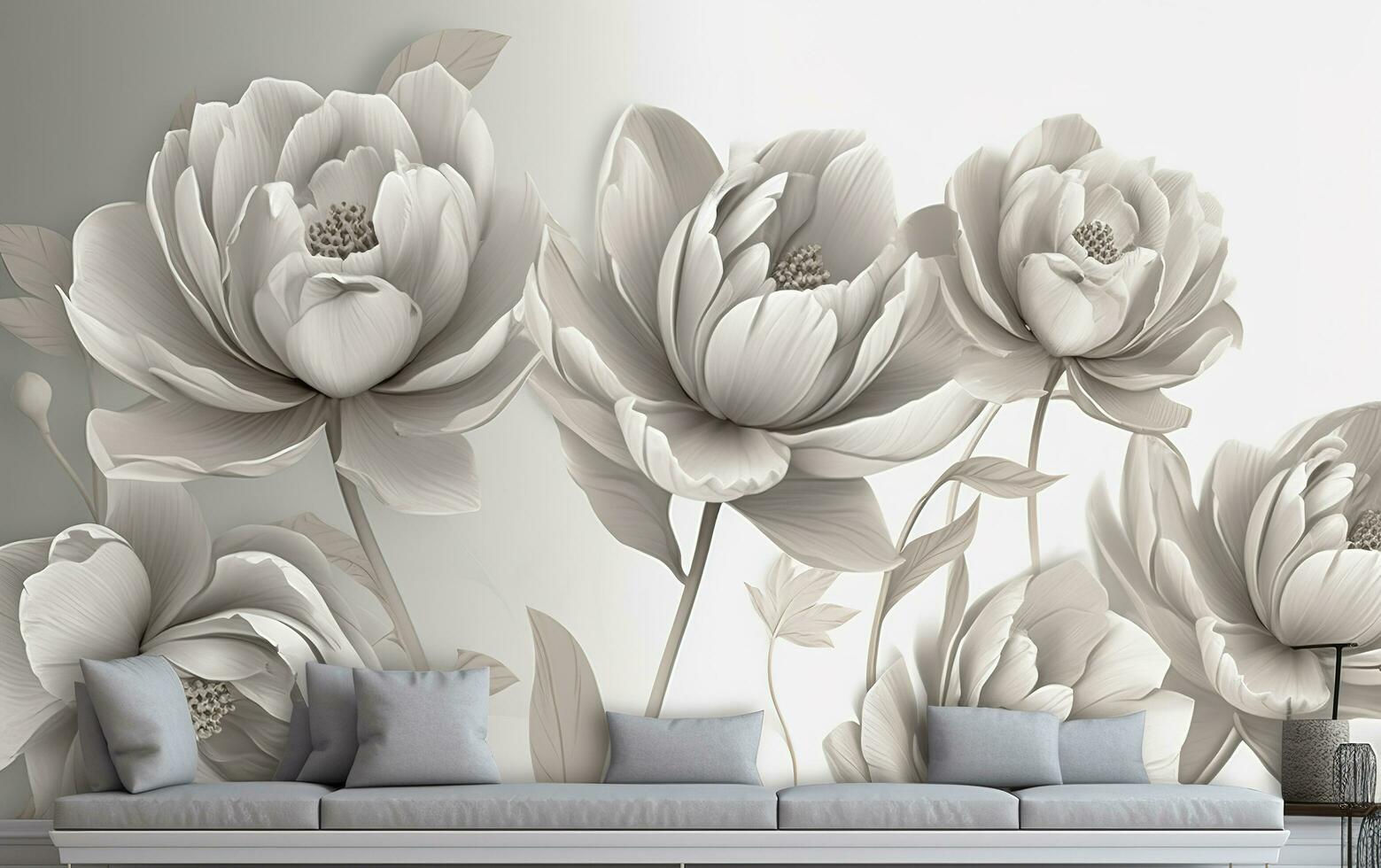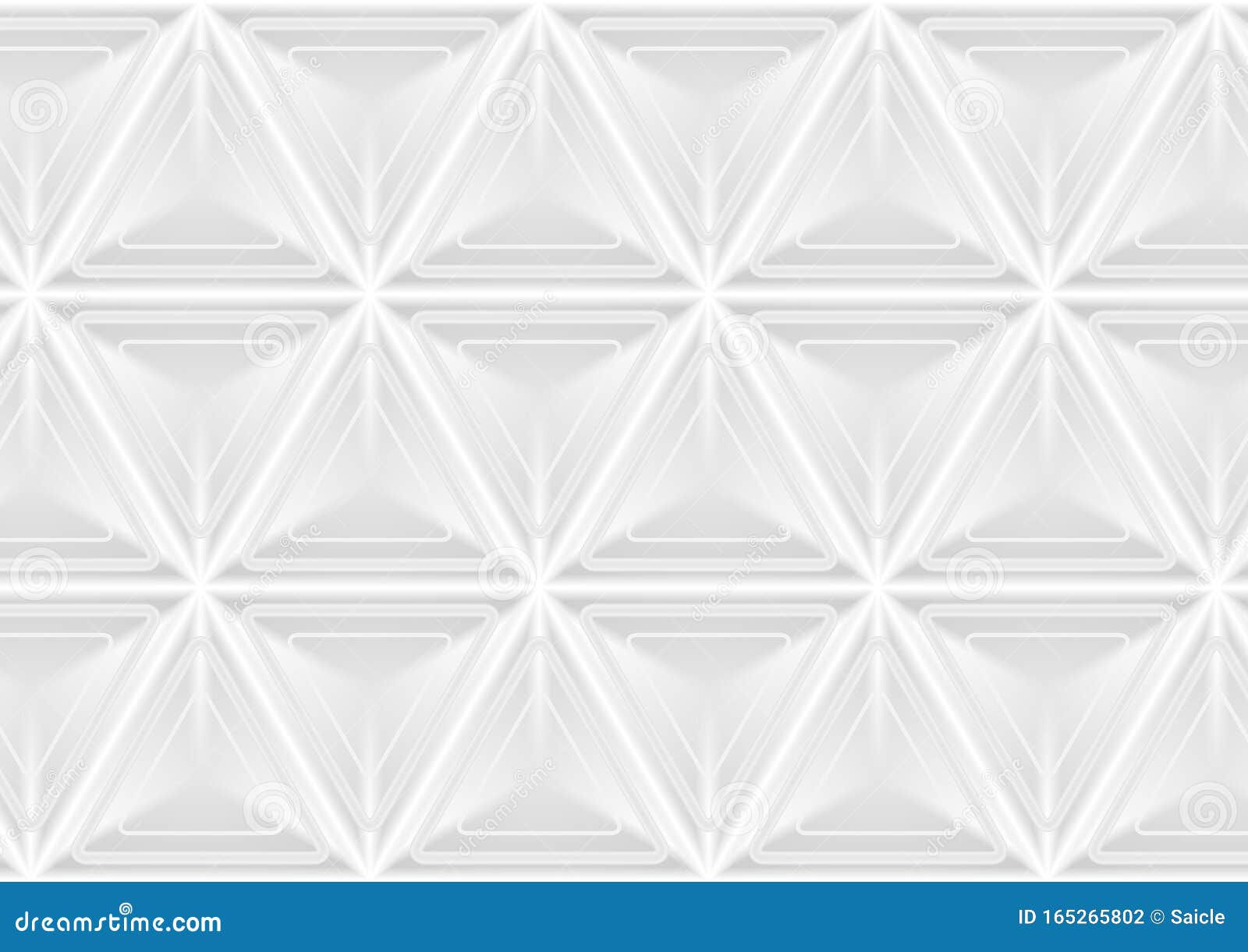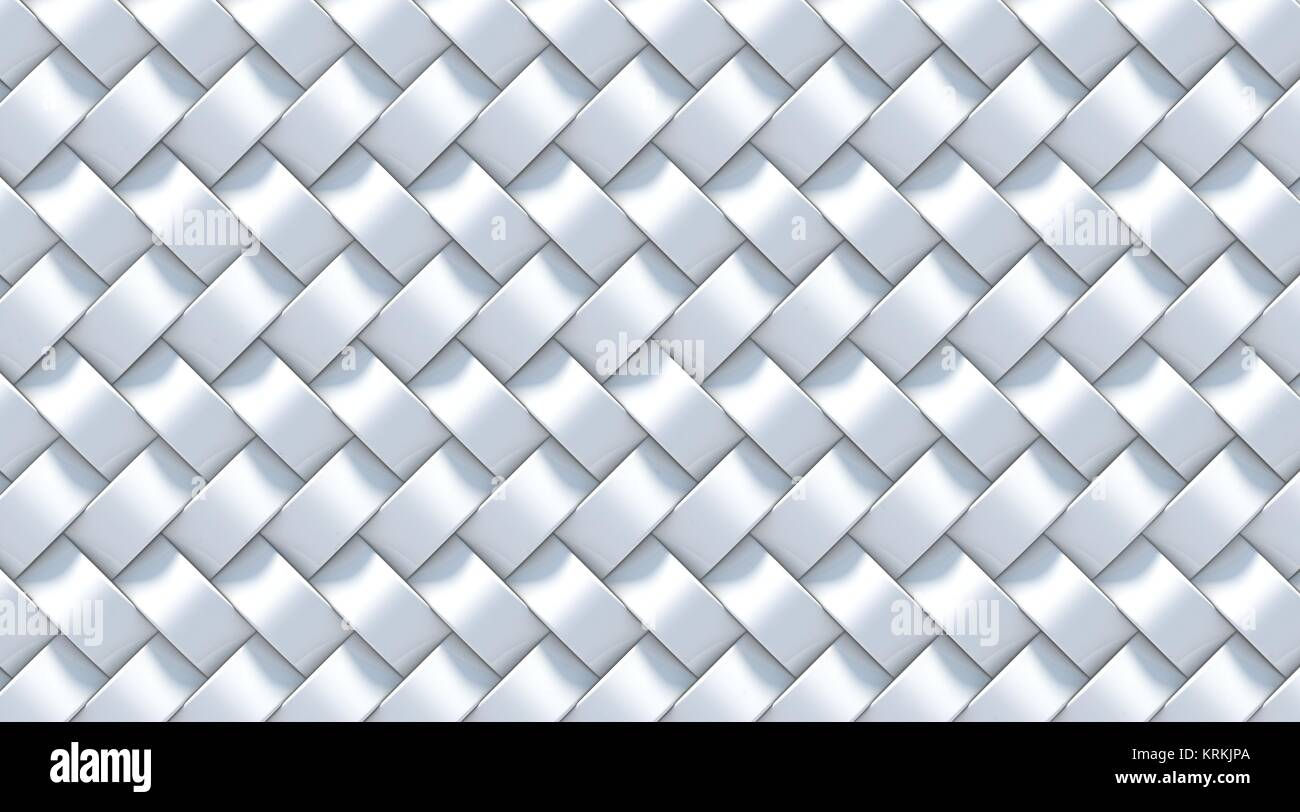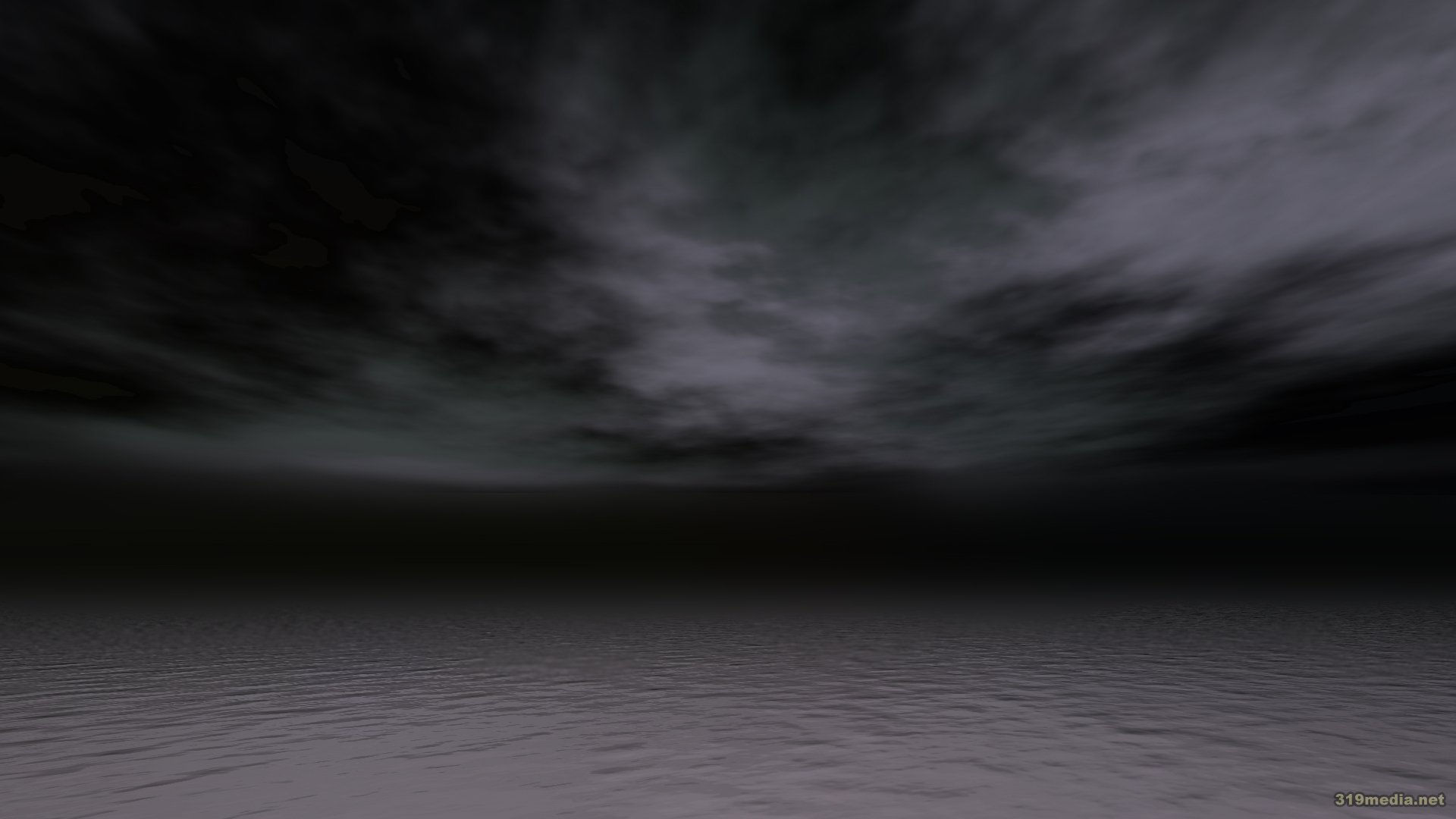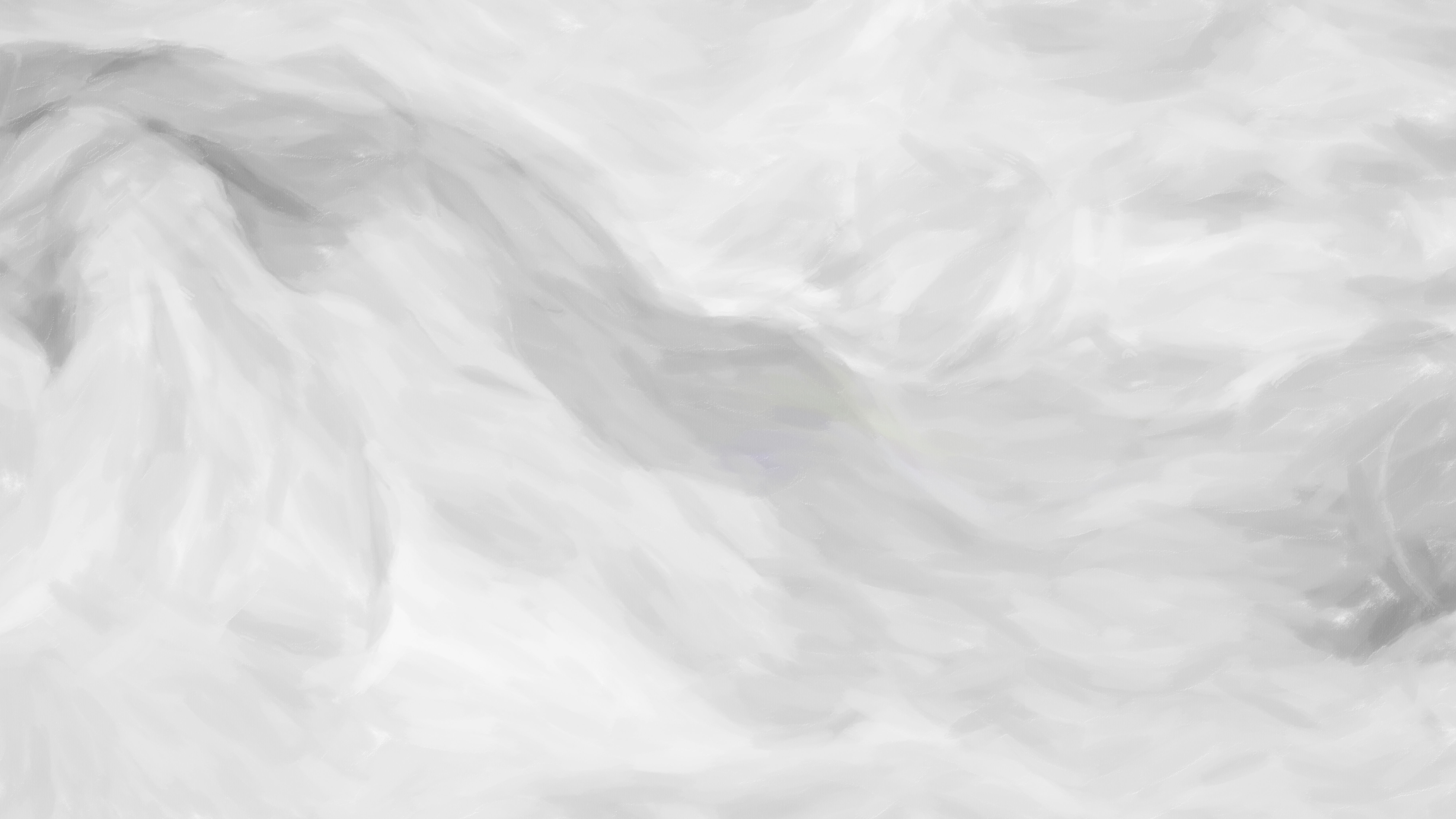The Whisper of Curves: Deconstructing an Abstract Monochrome
The image presented—a study in grayscale curves and subtle shadows—is far more than just a pleasing aesthetic. It's a visual poem, a silent narrative waiting to be deciphered. Its minimalist approach, built solely on variations of light and shade, invites the viewer into a world of interpretation, a space where the abstract becomes tangible and the simple, profound. This blog post delves into the potential meanings, the technical aspects, and the evocative power of this grayscale masterpiece.
A Symphony of Grays:
The immediate impact is one of calm. The monochrome palette, ranging from near-white highlights to darker, shadowed recesses, creates a sense of serene tranquility. There's a delicate balance at play, a subtle interplay between light and darkness that avoids harsh contrasts. The absence of color forces the viewer to focus entirely on the form, the shape, the very essence of the image. This absence, ironically, is what allows the image to resonate so deeply.
The curves themselves are the stars of this show. They are not chaotic or random; instead, they exhibit a fluidity, an almost organic movement that evokes a feeling of effortless grace. Some are gentle swells, others sharper, more assertive sweeps. These varying degrees of curvature create a sense of rhythm and dynamism within the static frame. They dance with each other, weaving a visual tapestry of subtle tension and harmonious flow.
The shadows play a crucial role in defining the three-dimensionality of these shapes. They aren't merely flat shapes on a screen; they possess depth, volume, a sense of tangible presence. The soft gradations of gray suggest a smooth, almost ethereal material, like sculpted clouds or polished marble. The contrast between the highlighted peaks and the shadowed valleys enhances the illusion of depth, pulling the viewer's eye across the surface and into its enigmatic heart.
Interpreting the Narrative:
The beauty of abstract art lies in its open-endedness. The image resists a singular interpretation, inviting the viewer to project their own experiences and emotions onto the canvas. However, several possible narratives suggest themselves.
One interpretation could be that of a landscape—a minimalist depiction of rolling hills under a soft, diffused light. The darkest shades could represent valleys, while the lighter areas are sun-drenched peaks. This interpretation lends a sense of peaceful vastness to the image, a quiet contemplation of nature's grandeur.
Another possibility is that of an architectural rendering—a futuristic building design, perhaps. The curves could represent sweeping lines of a modern structure, illuminated by internal lighting. This interpretation adds a sense of human design and technological advancement to the image's essence.
Yet another perspective could involve a more abstract and emotional interpretation. The curves could represent the ebb and flow of emotions, the rise and fall of life's experiences. The interplay of light and shadow could symbolize the interplay of hope and despair, joy and sorrow. This perspective turns the image into a potent metaphor for the human condition, a visual representation of the complexities of the internal world.
Technical Considerations:
The image's technical mastery is undeniable. The precision with which the curves are rendered, the subtle gradations of gray, the seamless blend of light and shadow—all point to a high level of skill and attention to detail. The artist's command of digital tools or, if traditional, their mastery of grayscale techniques is evident. The smooth transitions between tones suggest a careful process of layering, blending, or digital manipulation, resulting in a visually harmonious and aesthetically pleasing composition.
The Story Behind the Image (A Fictional Narrative):
Let's imagine a fictional story inspired by this grayscale artwork. The image is a discovery—a grainy photograph found tucked within the dusty archives of a renowned architect's estate. The photograph, initially dismissed as a discarded study, catches the eye of a young architectural student, Anya. Anya is immediately captivated by the image's elegance and subtle complexity. She spends hours studying it, tracing its curves, analyzing its shadows. She realizes that it's not just a design sketch; it's a blueprint for a dream.
The curves, Anya theorizes, represent the flow of energy within a utopian city of the future—a city built not of concrete and steel, but of light and space, a harmonious blend of architecture and nature. The shadows represent the quiet moments of reflection, the spaces for introspection within this vibrant community. Inspired by this seemingly simple image, Anya dedicates her career to designing sustainable and aesthetically breathtaking urban spaces, forever influenced by the "Whisper of Curves."
Conclusion:
The monochrome image isn't merely a static composition; it's a gateway to a world of interpretations, a catalyst for creativity, and a testament to the power of minimalist design. Its evocative power lies in its ambiguity, its ability to resonate with viewers on multiple levels. It challenges us to look beyond the surface, to engage our imaginations, and to find our own narratives within its seemingly simple framework. The "Whisper of Curves" is a reminder that beauty can be found in the simplest of forms, and that sometimes, the most profound messages are conveyed not through words, but through the silent language of art.








































